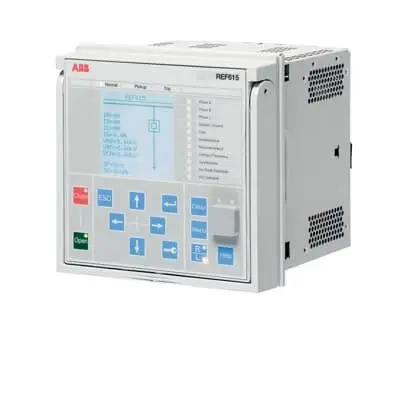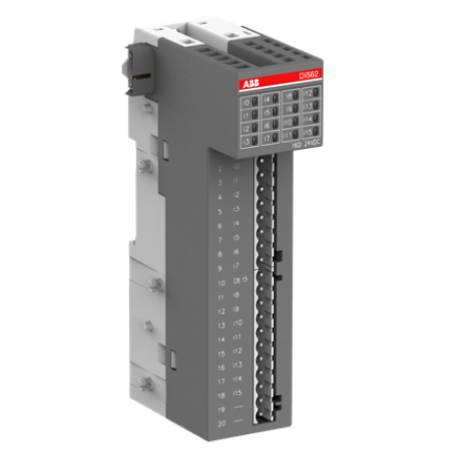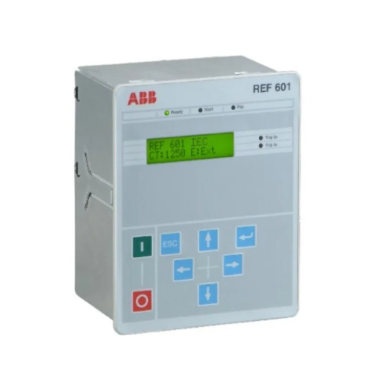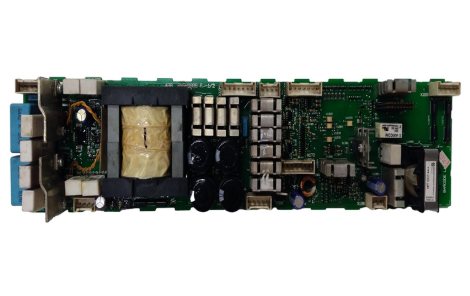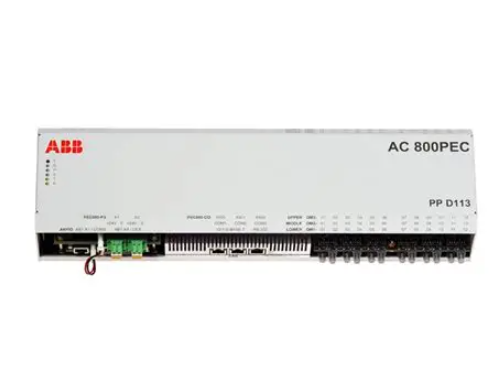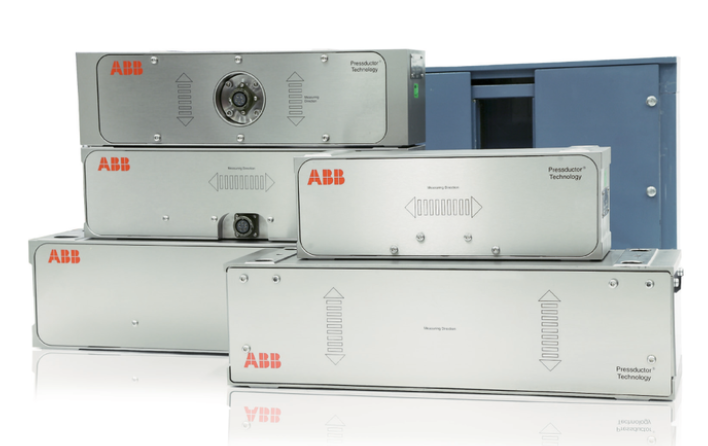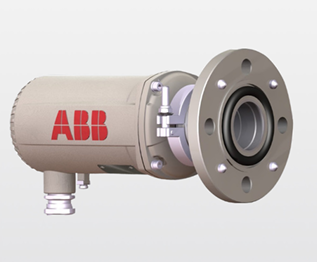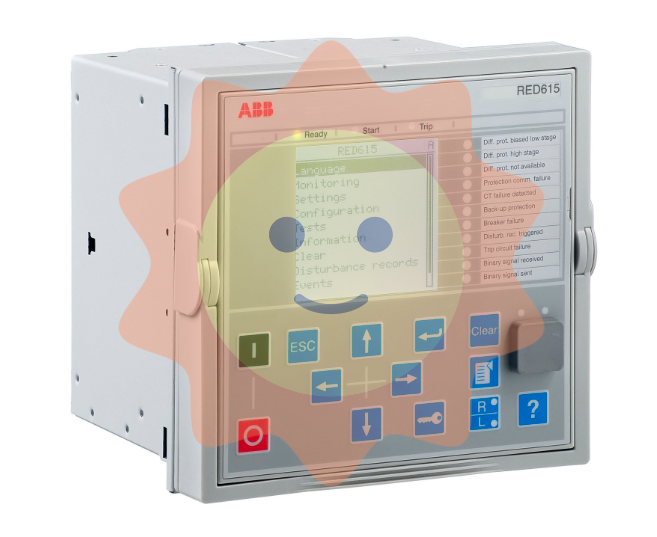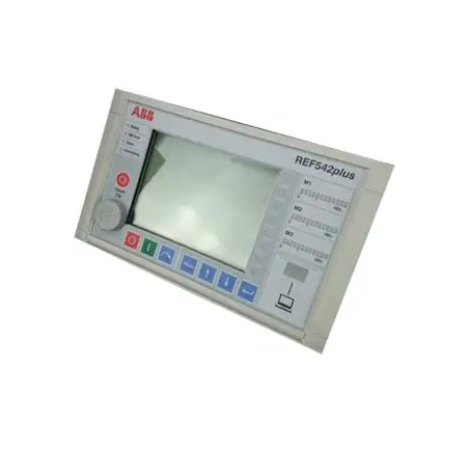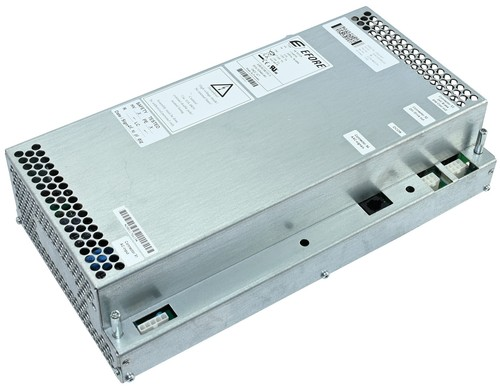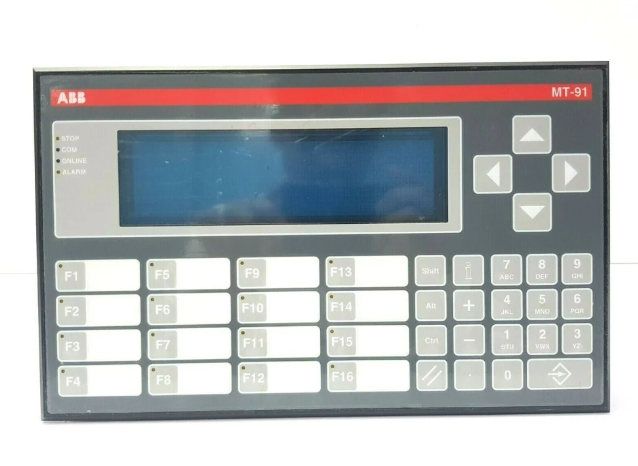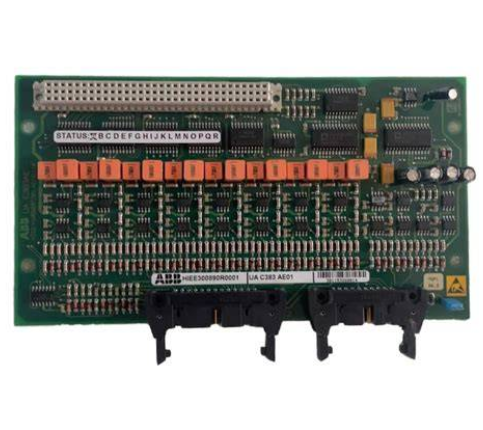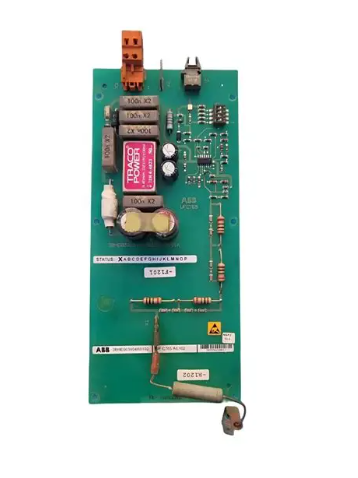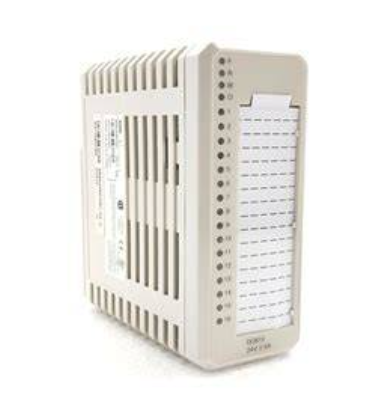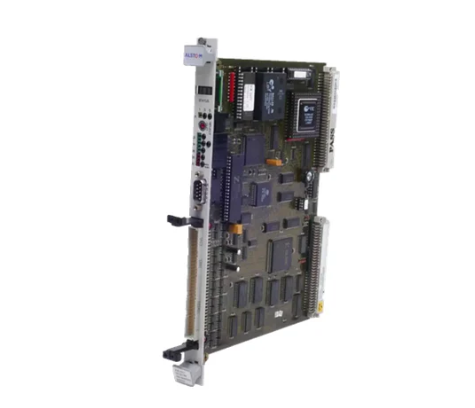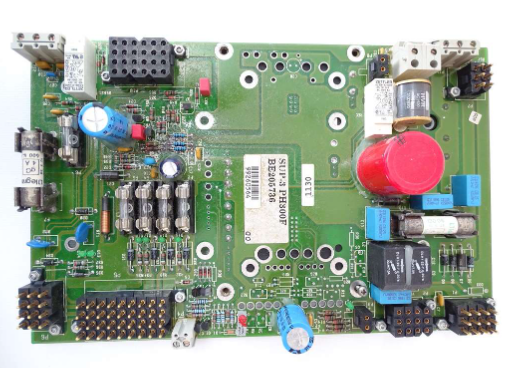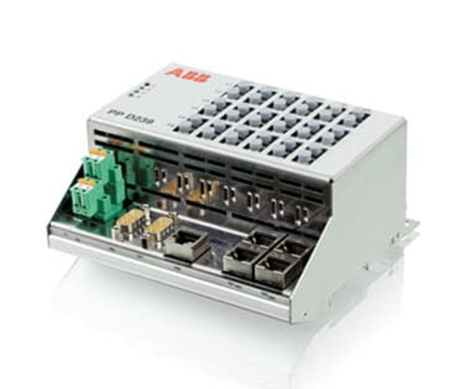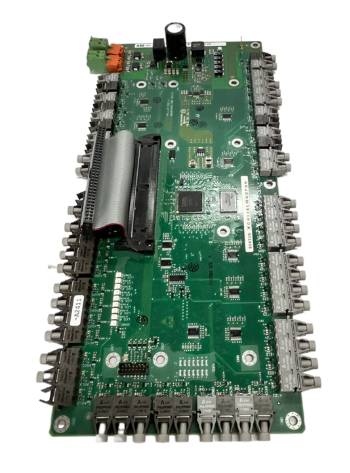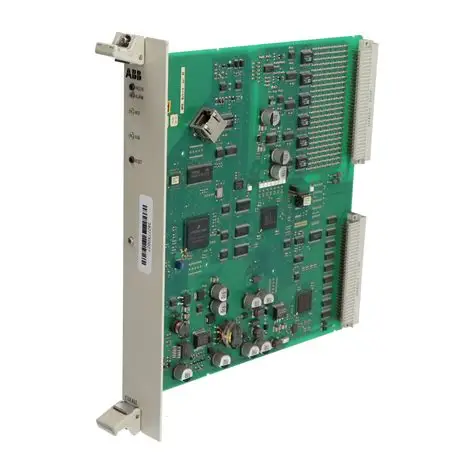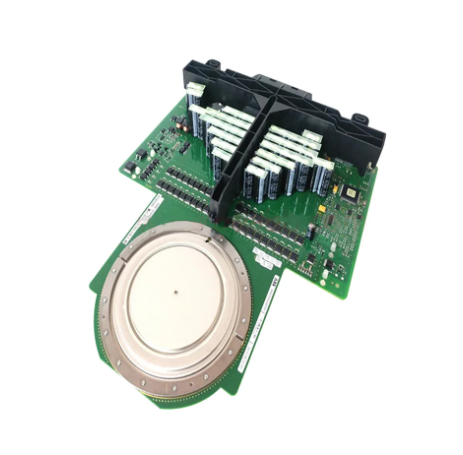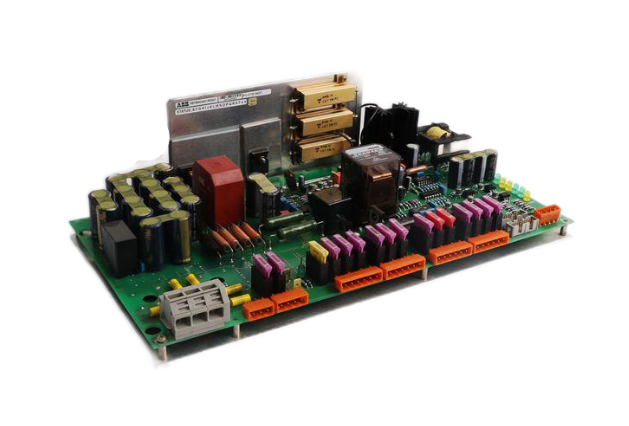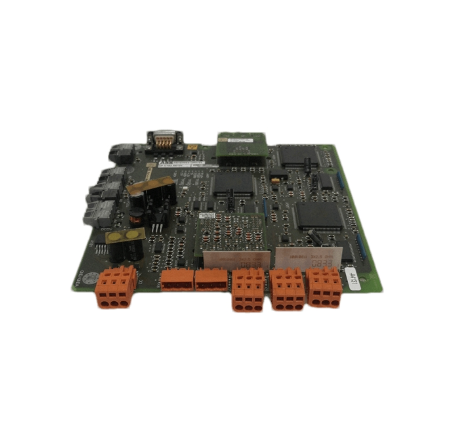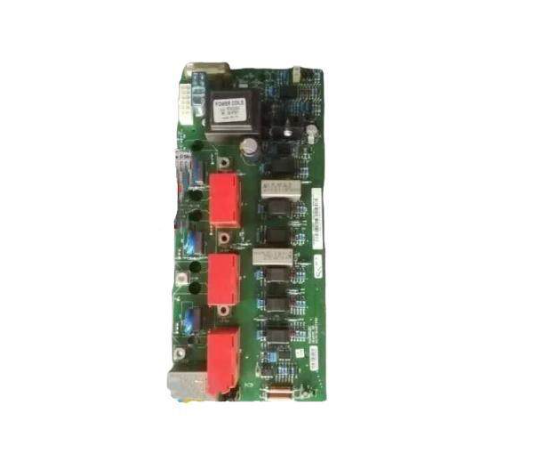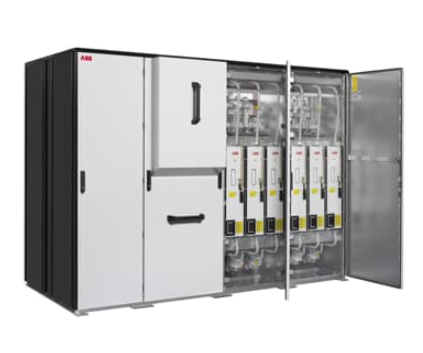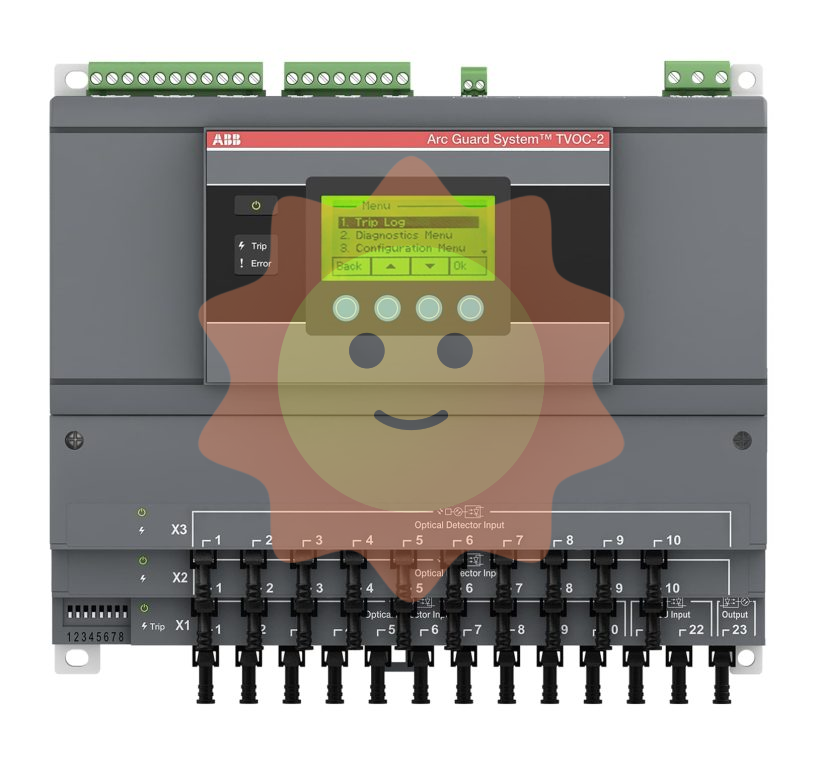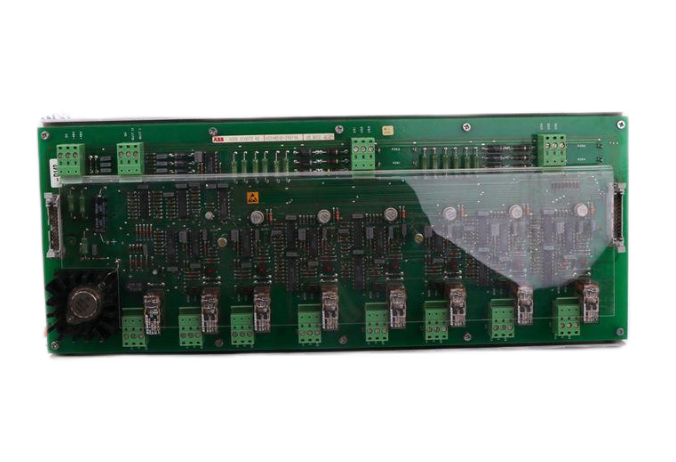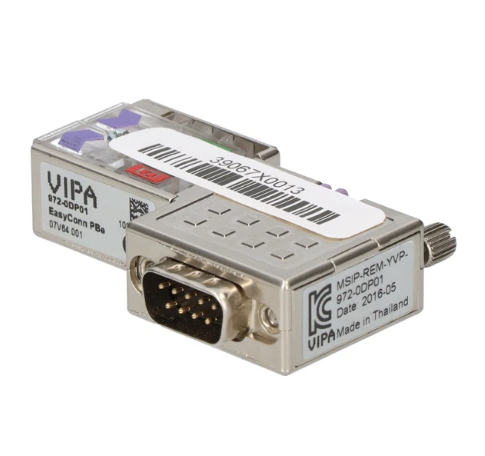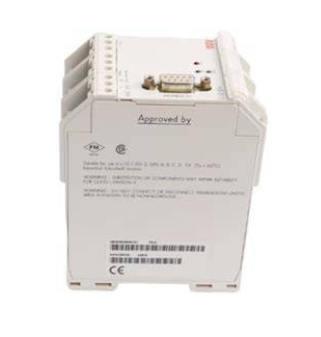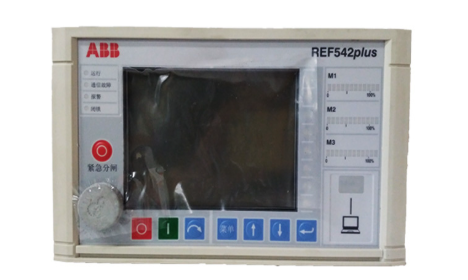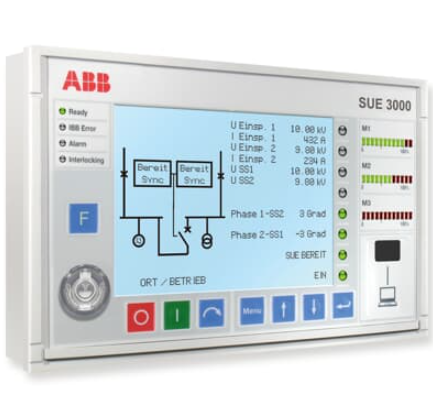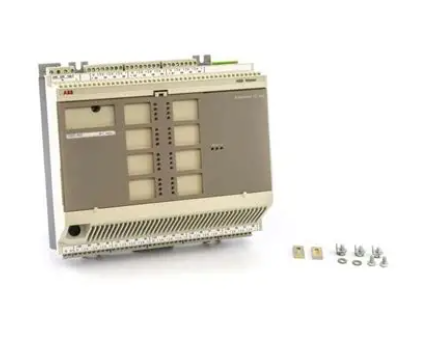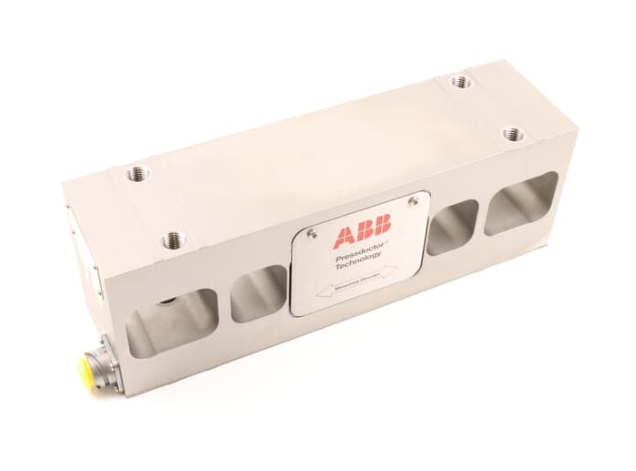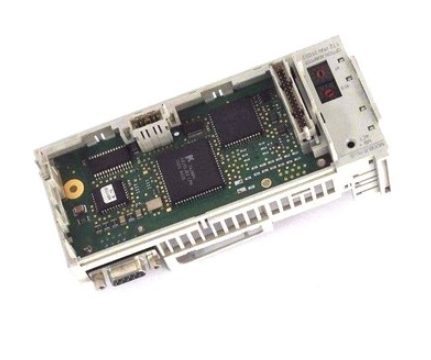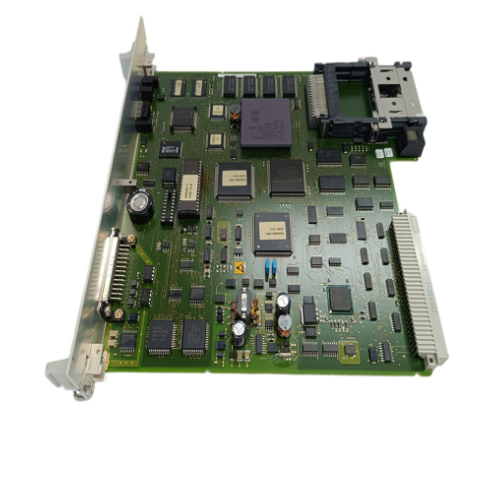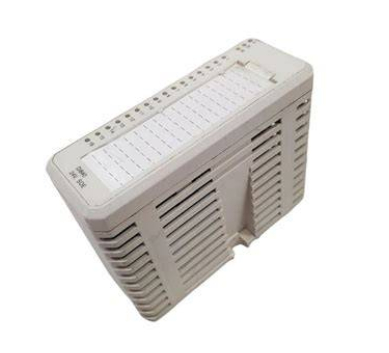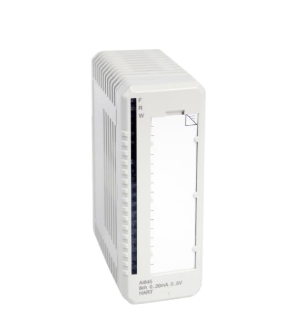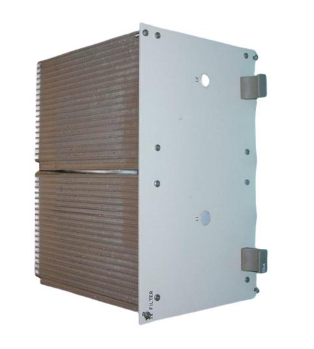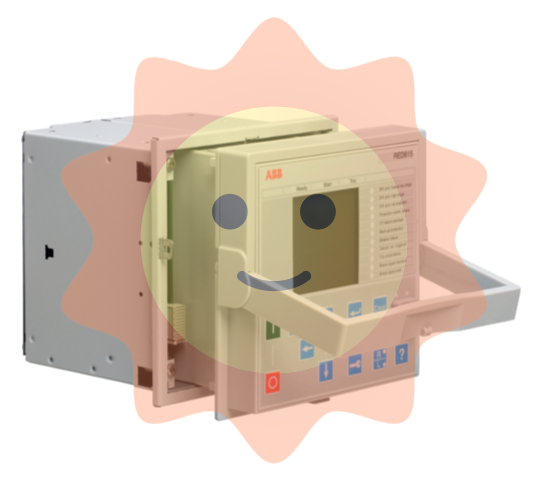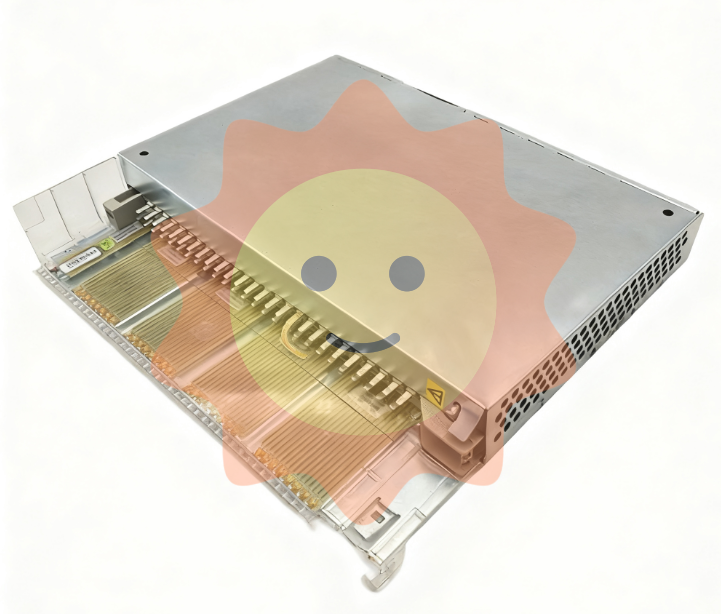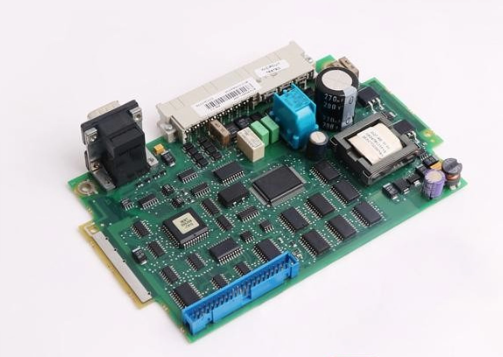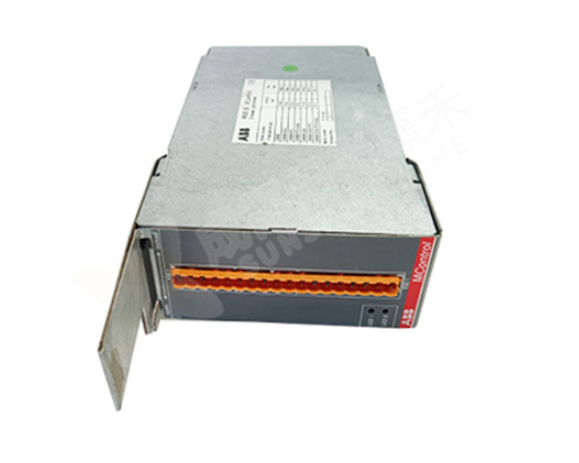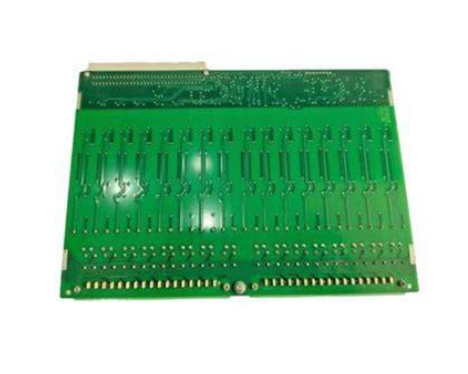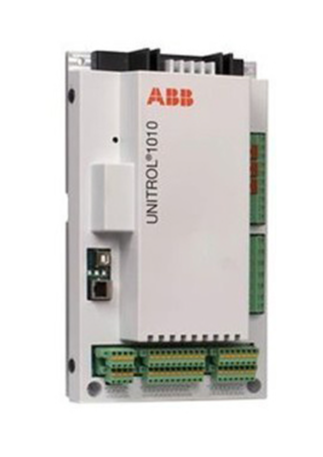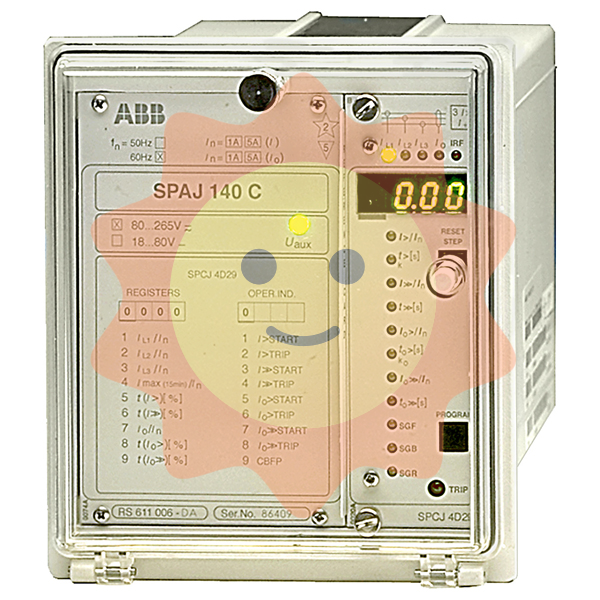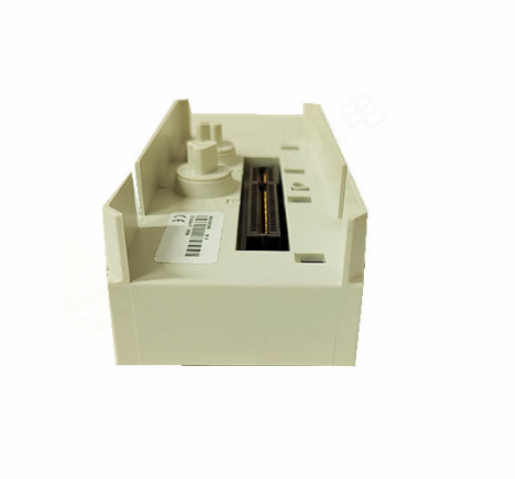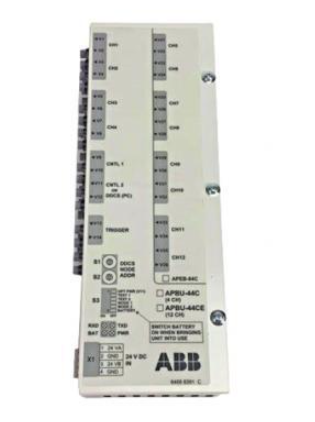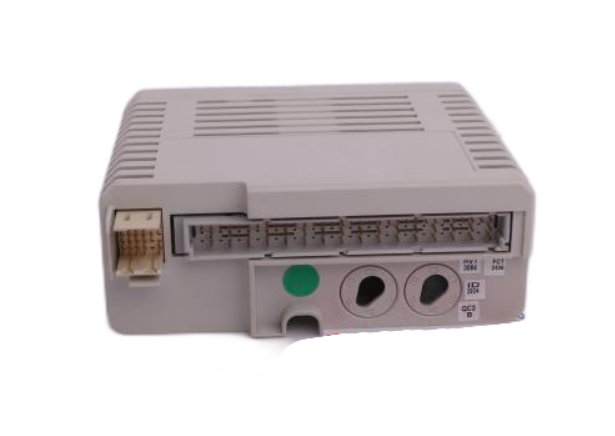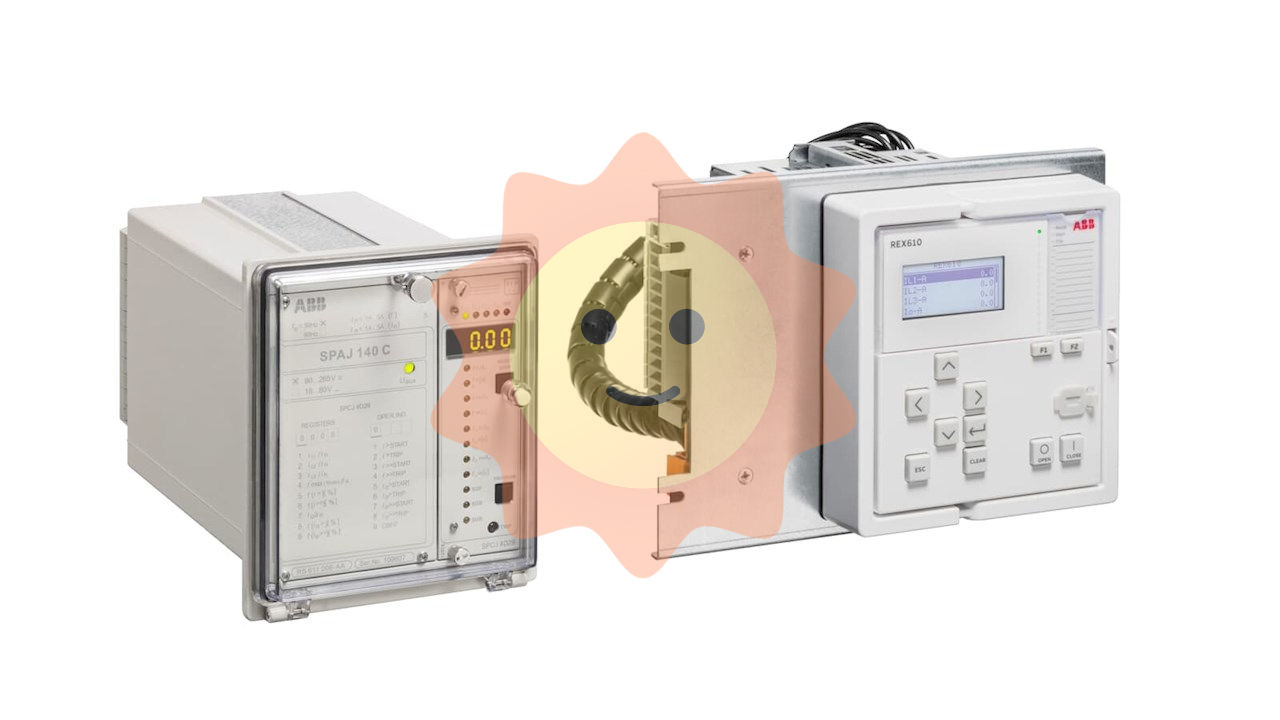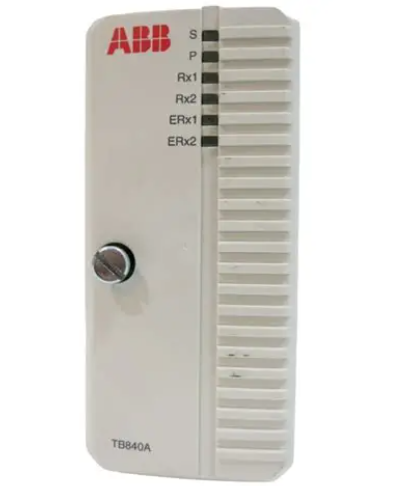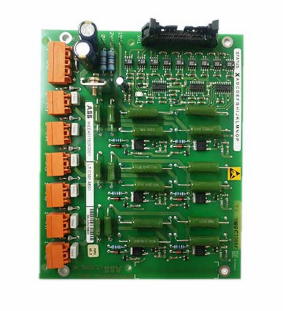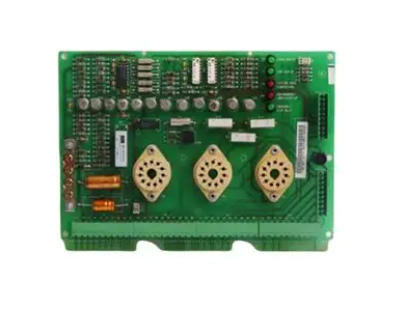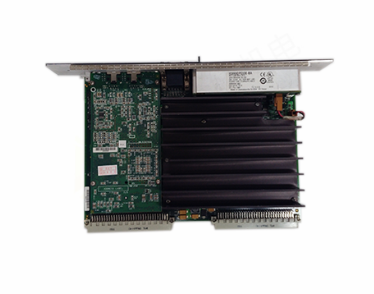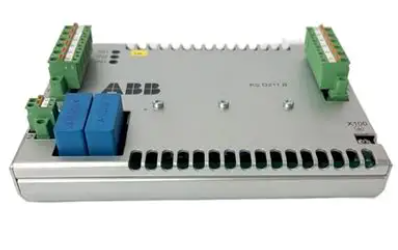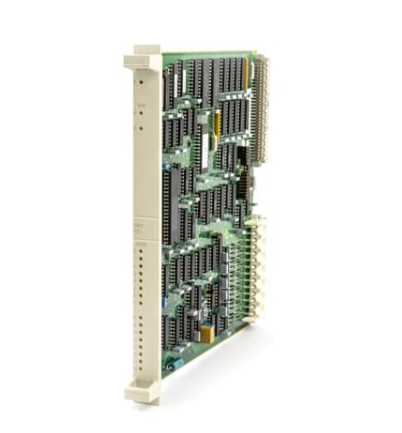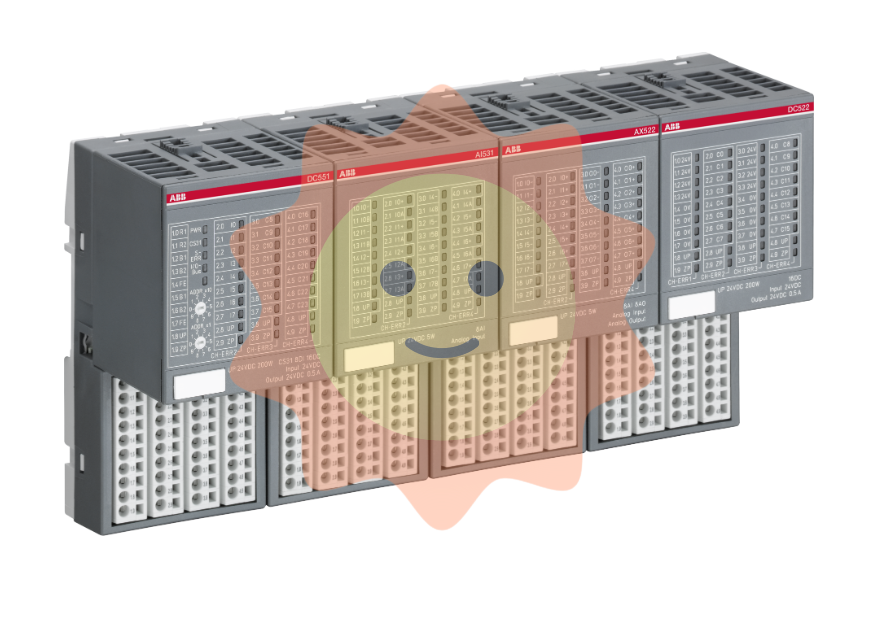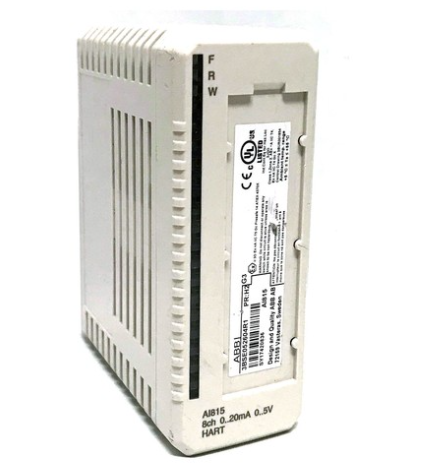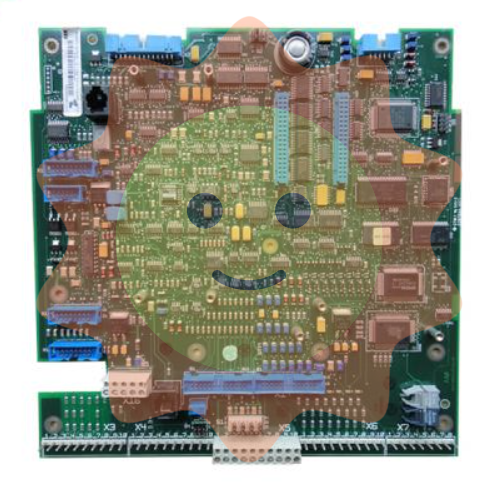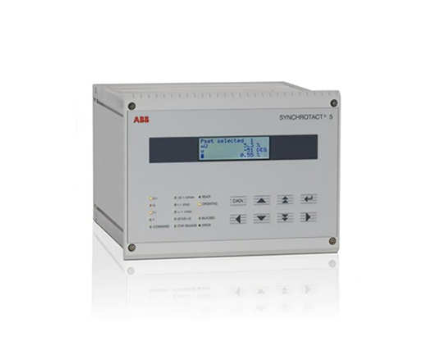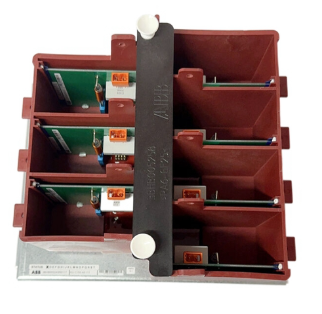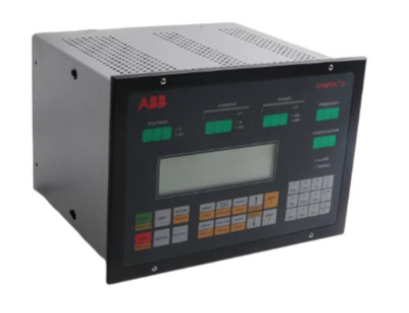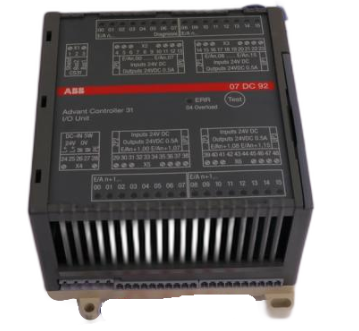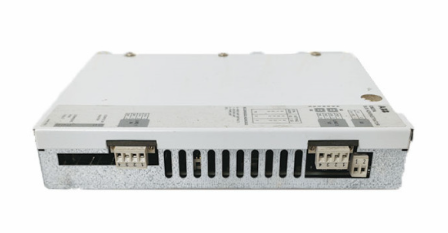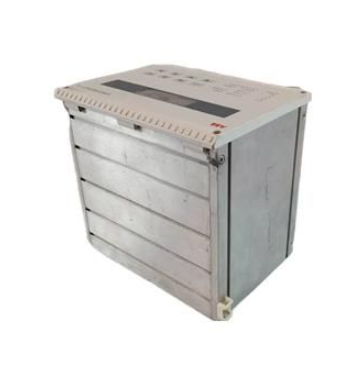ALSTOM MCGG22L1CB0753E High Performance Control Module
Real time fault diagnosis and warning: Continuously monitor the overall operation status and connected equipment, use fault diagnosis algorithms and models, and analyze monitoring data in real time. Once abnormal situations are detected, such as hardware failures, communication interruptions, parameter overruns, etc., the fault source can be quickly located, accurate fault information can be provided, and sound and light alarm signals can be issued in a timely manner. At the same time, fault prediction can be made based on historical data and real-time status, warning potential fault risks in advance, and fighting for repair time for maintenance personnel, reducing the probability of equipment downtime.
Working principle
Data acquisition process: The analog input channel converts continuous analog signals (such as 4-20mA current signals and 0-10V voltage signals) output from temperature, pressure, flow and other sensors into digital signals through a dedicated analog-to-digital conversion (A/D) circuit, and transmits them to the internal data processing unit of the module. The digital input channel directly recognizes and reads discrete digital signals such as switch status and pulse signals of the device.
Data processing and control decision-making: The central processing unit (CPU) within the module performs operations and analysis based on preset control algorithms, logic programs, and collected data. For example, in a temperature control system, the CPU compares the current collected temperature value with the set temperature value, and uses PID (proportional integral derivative) control algorithm to calculate the control quantity that needs to be adjusted, such as the output power of heating or cooling equipment.
Control output implementation: The control results obtained through processing and computation are output through analog output channels and digital output channels. The analog output channel utilizes a digital to analog conversion (D/A) circuit to convert digital signals into analog signals, which are used to control equipment such as regulating valves and frequency converters, achieving precise adjustment of continuous variables in industrial processes. The digital output channel outputs high and low level signals to drive actuators such as relays and contactors, controlling discrete actions such as start stop and forward/reverse rotation of the equipment.
Communication interaction mechanism: The communication module packages the collected data, device status information, etc. into specific format data packets according to the set communication protocol, and sends them to other devices through the corresponding communication interface. At the same time, it receives control instructions, parameter settings, and other data packets from the upper computer or other devices, parses them, and passes them on to the CPU for processing, thereby achieving information exchange and collaborative control among various devices in the entire industrial system.
Key advantages
High reliability guarantee: Using industrial grade high-quality components, after strict screening and aging testing, it has excellent anti-interference ability, impact resistance, and dustproof and waterproof performance. Multiple redundancy mechanisms are designed within the module, such as power redundancy, communication redundancy, and critical data storage redundancy, to ensure long-term stable operation in harsh industrial environments (such as high temperature, high humidity, strong electromagnetic interference, frequent vibration, etc.), effectively reducing system failure rates, ensuring industrial production continuity, and reducing economic losses caused by equipment failures.
Excellent control accuracy: With advanced data acquisition technology, high-performance processors, and precise control algorithms, high-precision control of industrial equipment and production processes can be achieved. In fields that require extremely high control accuracy, such as semiconductor manufacturing and precision chemical engineering, equipment operating parameters can be controlled within a very small error range, significantly improving product quality and production efficiency, and meeting the stringent requirements of high-end industrial production.
Flexibility and Scalability: Supports multiple programming methods and languages, making it convenient for engineers to develop personalized control programs based on different application scenarios and process requirements. At the same time, the number of I/O points, communication interfaces, and types of modules can be flexibly expanded and configured according to the actual project scale and requirements. By adding expansion modules or replacing interface cards of different specifications, it is easy to adapt to the upgrading and transformation of industrial automation systems, protect users' initial investment, and reduce system update costs.
Powerful communication capabilities: Rich communication interfaces and widely compatible communication protocols make it highly flexible and compatible in industrial automation network construction. It can seamlessly integrate with different brands and types of equipment and systems, whether it is complex large-scale industrial networks or simple local automation systems, to quickly establish stable and reliable communication links, achieve efficient data transmission and sharing, and provide strong support for the development of industrial intelligence.
- EMERSON
- Honeywell
- CTI
- Rolls-Royce
- General Electric
- Woodward
- Yaskawa
- xYCOM
- Motorola
- Siemens
- Rockwell
- ABB
- B&R
- HIMA
- Construction site
- electricity
- Automobile market
- PLC
- DCS
- Motor drivers
- VSD
- Implications
- cement
- CO2
- CEM
- methane
- Artificial intelligence
- Titanic
- Solar energy
- Hydrogen fuel cell
- Hydrogen and fuel cells
- Hydrogen and oxygen fuel cells
- tyre
- Chemical fiber
- dynamo
- corpuscle
- Pulp and paper
- printing
- fossil
- FANUC
- Food and beverage
- Life science
- Sewage treatment
- Personal care
- electricity
- boats
- infrastructure
- Automobile industry
- metallurgy
- Nuclear power generation
- Geothermal power generation
- Water and wastewater
- Infrastructure construction
- Mine hazard
- steel
- papermaking
- Natural gas industry
- Infrastructure construction
- Power and energy
- Rubber and plastic
- Renewable energy
- pharmacy
- mining
- Plastic industry
- Schneider
- Kongsberg
- NI
- Wind energy
- International petroleum
- International new energy network
- gas
- WATLOW
- ProSoft
- SEW
- wind
- ADVANCED
- Reliance
- YOKOGAWA
- TRICONEX
- FOXBORO
- METSO
- MAN
- Advantest
- ADVANCED
- ALSTOM
- Control Wave
- AB
- AMAT
- STUDER
- KONGSBERG
- MOTOROLA
- DANAHER MOTION
- Bently
- Galil
- EATON
- MOLEX
- Triconex
- DEIF
- B&W
- ZYGO
- Aerotech
- DANFOSS
- KOLLMORGEN
- Beijer
- Endress+Hauser
- MOOG
- KB
- Moxa
- Rexroth
- YAMAHA


Email:wang@kongjiangauto.com



